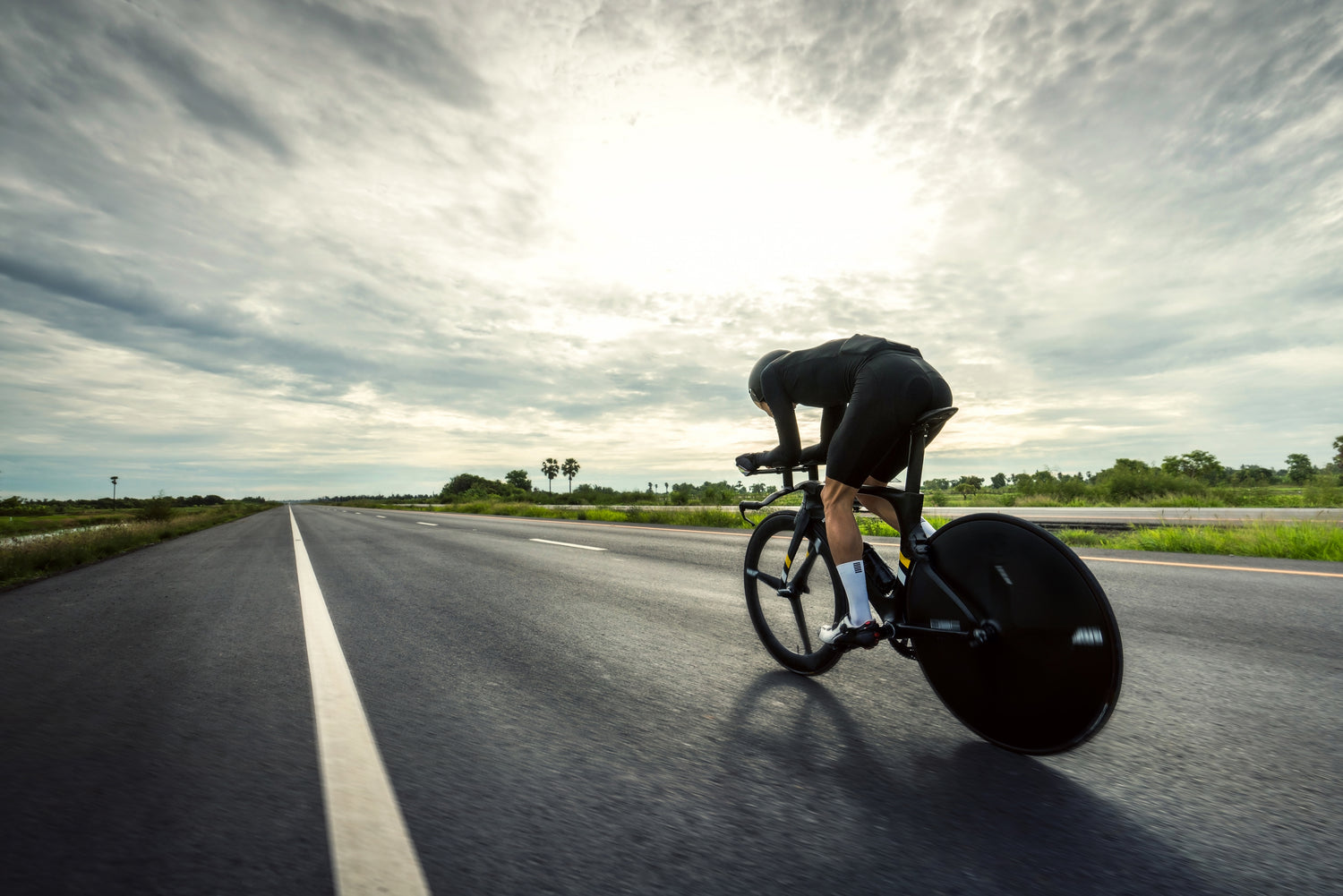What size road bike is best for me?

Finding the right size road bike is no easy feat.
In fact, considering the amount of measurements you need to take into account it can be hard to know where to even begin. That’s why we’ve put together this handy guide to road bike sizing to help simplify your search.
Why is sizing important?
Riding a bike that is too big or small will negatively impact your ride. Road bikes are designed to be as efficient as possible, but if your legs are cramped up or you are stretching for the pedals then it is likely that you won’t be getting the most out of your muscles on every pedal stroke. In essence, it is almost certainly going to slow down or even worse, lead to muscular or knee injuries.
Bike handling is also that bit more difficult with a bike that’s the wrong size. If it’s too small your steering will feel jerky, whilst a bike that’s too big will feel cumbersome and hard to control. When zooming down a descent or weaving round a hairpin, this is the last thing you need.
What sizes do road bikes come in?
Unlike their mountainous counterparts, road bikes don’t come in set sizes like small, medium or large. Instead, their sizes are usually based on the length of the top tube measured in centimetres, which begins at around 47cm and increases all the way up to 63cm.
Most brands size their models in 2 or 3cm increments, with the gaps in sizing designed to be filled by seat and handlebar height adjustments.
Below is a table showing how road bike sizing correspondents with your height - although be aware, this changes from brand to brand.
|
Rider height |
Frame size |
||
|
Feet and inches |
Centimetres |
Effective top tube (cm) |
Bike size |
|
4ft 10in – 5ft |
148-152 |
47-48 |
XXS |
|
5ft – 5ft 3in |
152-160 |
49-50 |
XS |
|
5ft 3in – 5ft 6in |
160-168 |
51- 3 |
S |
|
5ft 6in – 5ft 9in |
168-175 |
54-55 |
M |
|
5ft 9in – 6ft |
175-183 |
56-58 |
L |
|
6ft – 6ft 3in |
183-191 |
58-60 |
XL |
|
6ft 3in – 6ft 6in |
191-198 |
61-63 |
XXL |
What bike measurements do I need to take into account?
The most important thing to consider is effective top tube height. This is essentially the length from the head tube (where your handlebars are attached) to your seat post. The reason it is called ‘effective’ is because some modern road bikes have slanted top tubes, so this measurement is used to ensure sizing doesn’t change wildly.
If you’re looking for a more comfortable riding position, you may wish to go for a shorter effective top tube length. This is known in bike terms as a less aggressive geometry, and is best suited for beginners or riders favouring distance and comfort over speed.
If speed is your ultimate goal then opt for a bike with more aggressive geometry that will place you in a more aerodynamic position.
If you are wondering what type of road bike will suit you best, check out our article here.
How should I fit my bike?
Once you’ve found a bike that’s the correct size, it's now time to make small adjustments to make sure it fits you and your riding style.
Small adjustments to the seat will help put you in a position that feels comfortable to you, whilst raising or lowering the handlebars using spacers will also tailor it to your preferences. Small adjustments here can make a big difference to your bike fit – both good and bad – so if you are unsure it's always worth going to a bike shop for a professional fit. It isn’t too expensive and is often a very shrewd investment. After all, when it comes to road bikes, whether you are riding some of the UK’s best climbs or heading on an easy Sunday spin, size really does matter.
At MyNextBike we offer you the chance to go and see your bike before buying, meaning you can take it for a test ride first up. We also offer a Buyer Protection Policy to all purchases through the site, meaning that if your bike arrives and it is a different size to what is listed then you are able to return it.
Happy riding!






